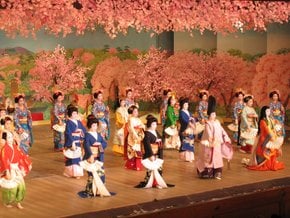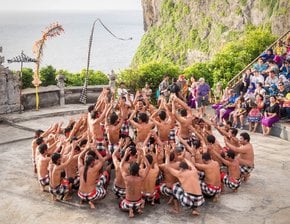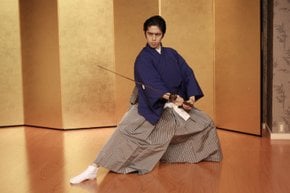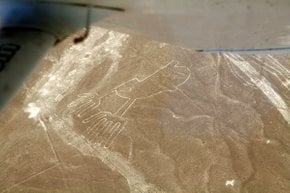Wititi Dance 2025-2026 in Peru
Witi Witi means "making love," so how do you imagine this dance looks like? Colca Valley would be the right place to check it out
Dates: November–February | July 14
The Wititi dance of the Colca Valley is a traditional folk dance associated with the beginning of adult life. It takes the form of a courtship ritual and is typically performed by young people during religious festivities celebrated throughout the rainy season. The Wititi dance stands in line with some other Peruvian traditional dances, as it is fun, colorful, doesn't need any special equipment, and captures the attention of tourists due to its bright and vivid performance.
Wititi Dance
At first glance, the boys and girls in the Wititi dance may look alike, both dressed in colorful skirts and hats. However, girls wear distinctive hats and sleeveless jackets over their shirts, while boys don lampshade-like hats, military shirts, and slings. The dance is performed in troupes of male and female couples, moving to the rhythm of a band. Wititi is traditionally danced at the start of the agricultural cycle, symbolizing the renewal of nature and society and reinforcing social bonds and cultural identity. Villages in the Colca Valley compete to produce the best ensembles, continually revitalizing the dance while preserving its essence. It is passed down through direct observation, with children and youth learning it at school and during private family events.
Best Time to Visit
In Peru, the 14th of July was declared The Day of Wititi Dance after the dance was proclaimed a National Cultural Heritage by UNESCO. But the celebration of this day is still vague, so it is much better to visit the Arequipa region during the rainy season. This is when every village and city "makes love" with the steps and beats of Wititi.
History of Wititi Dance
The Wititi dance, originating from the Tapay district and the ancient Ccaccatapay tribe, began as a ritual linked to fertility, courtship, and love. Over time, it evolved and was adapted by different populations, including the Quechuas, who interpreted "Wititi" as "making love." Despite its romantic origins, the dance also has a warlike aspect, with some legends suggesting it was used as a disguise by warriors to avoid conflict. The dance faced censorship during the colonial period. Still, it later became a prominent part of religious festivities and carnivals, symbolizing the historical encounters between the Incas and the people of Arequipa.
























































